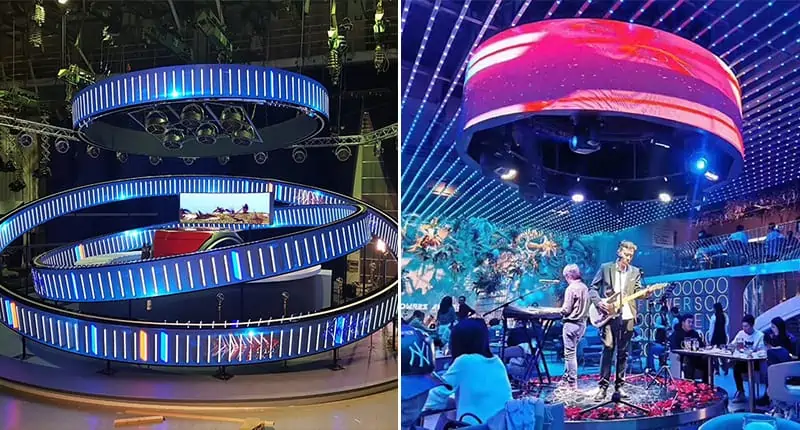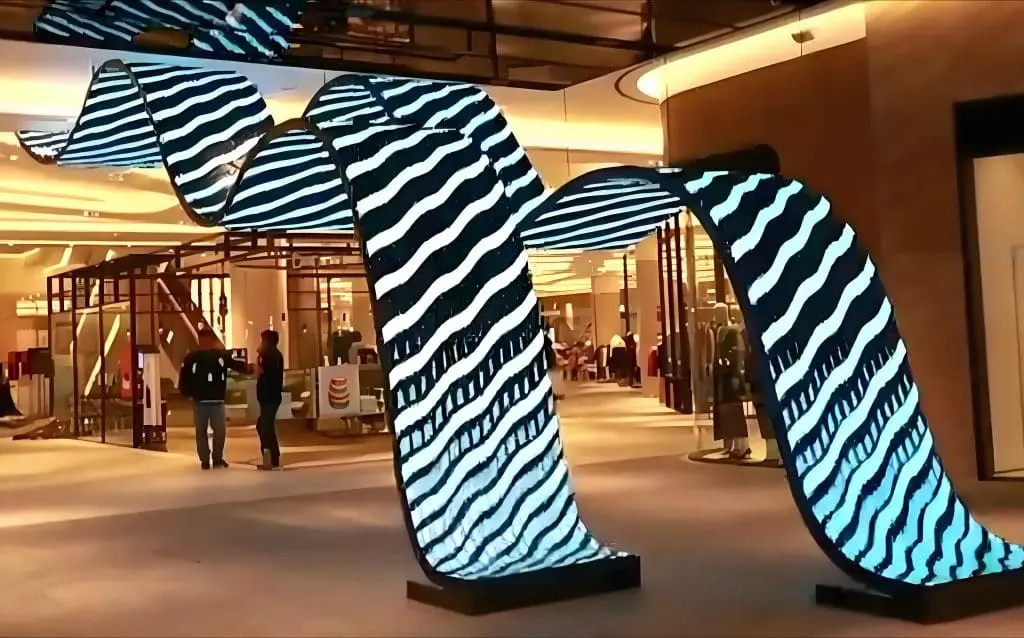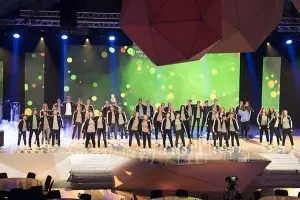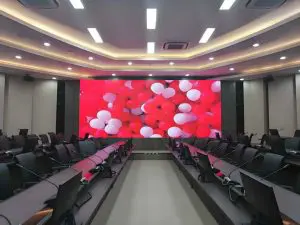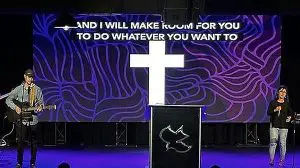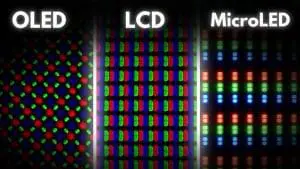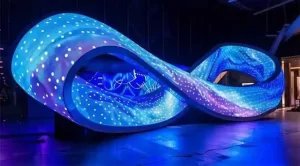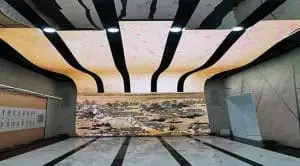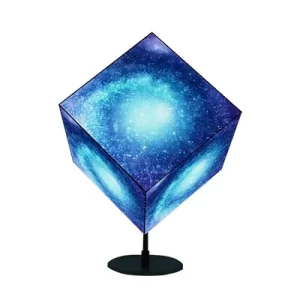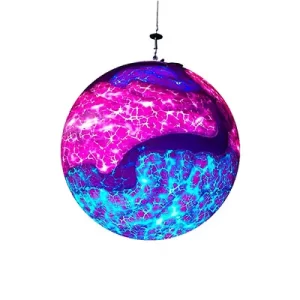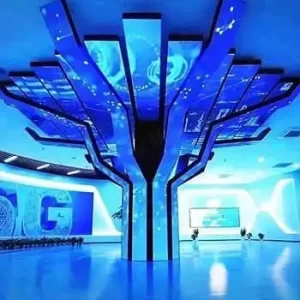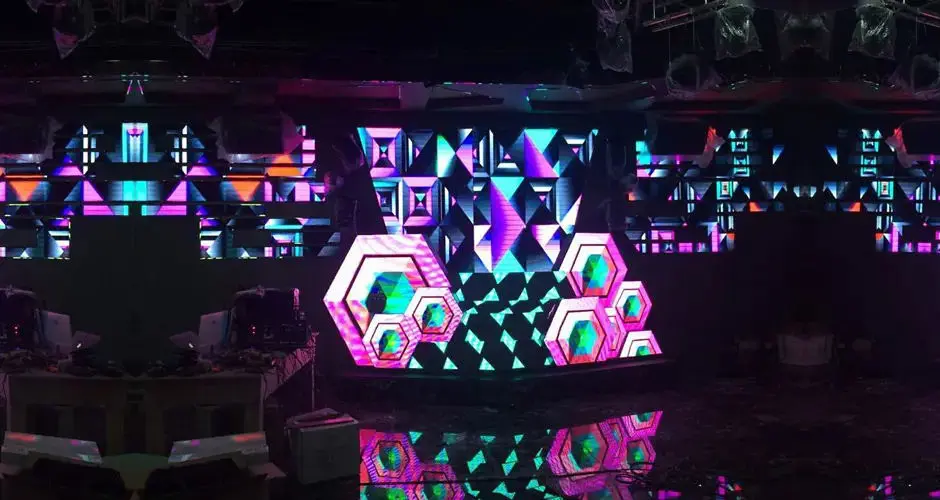
A custom LED screen is a versatile and innovative solution tailored to meet specific requirements in size, shape, and functionality. Whether for advertising, events, retail, or architectural designs, these displays offer unmatched flexibility and creativity. Custom LED panels enhance audience engagement and ensure your message stands out in any environment.
This guide explores the features, applications, benefits, and key considerations of custom LED displays, helping you make an informed decision for your project.
Why Choose a Custom LED Screen?
1. Perfect Fit for Any Space
- Custom LED displays are designed to accommodate unique spaces, whether it’s a curved wall, a cylindrical installation, or an irregular layout.
2. Limitless Creativity
- Offers the freedom to create dynamic designs such as flexible, transparent, or 3D screens.
3. Enhanced Visual Impact
- High-resolution visuals combined with vibrant colors grab attention and leave a lasting impression.
4. Versatile Applications
- Suitable for indoor and outdoor use across various industries, including retail, advertising, events, and architecture.
5. Scalable and Long-Lasting
- Modular designs allow for future upgrades, while durable construction ensures years of reliable operation.
Applications of Custom LED Displays
Advertising and Marketing
Custom screens are perfect for digital signage, billboards, or promotional displays, delivering high-impact visuals that attract attention.
Retail and Hospitality
Enhance customer experiences with LED displays for in-store product promotions, window installations, or wayfinding systems.
Events and Entertainment
Use LED screens for concerts, trade shows, exhibitions, or conferences to create immersive and engaging experiences.
Architectural Integration
Seamlessly blend LED panels into building facades, ceilings, or walls for modern and visually striking designs.
Public Spaces and Stadiums
Install large-scale LED screens for scoreboards, advertising, or urban installations, ensuring maximum visibility.
Control Rooms
Create high-resolution video walls for monitoring systems, enhancing operational efficiency and clarity.
Types of Custom LED Screens
| Type | Description |
|---|---|
| Flexible LED Screens | Bendable displays that can form curved or cylindrical shapes. |
| Transparent LED Screens | Semi-transparent panels ideal for glass walls or windows, allowing natural light. |
| Curved LED Screens | Immersive visuals perfect for architectural or creative applications. |
| Outdoor LED Displays | Weatherproof screens designed for extreme conditions and high visibility. |
| Interactive LED Screens | Touch-enabled displays for interactive applications in retail or exhibitions. |
| 3D LED Video Walls | Advanced panels for creating lifelike 3D effects that captivate audiences. |
Key Features of Custom LED Display Screens
| Feature | Details |
|---|---|
| Pixel Pitch | Ranges from P0.6 (high-definition for close viewing) to P10+ (long-distance). |
| Brightness Levels | Indoor (800–1,200 nits) and outdoor (5,000–8,000+ nits) for clear visuals. |
| Weather Resistance | IP657+ ratings ensure durability in outdoor conditions. |
| Modular Design | Allows for easy installation, repairs, and upgrades. |
| Energy Efficiency | Advanced components reduce power consumption. |
| Content Management | Compatible with cloud-based or local systems for real-time updates. |
How to Choose the Right Custom LED Screen
1. Define Your Purpose
- Identify your primary goal, such as advertising, enhancing a space, or engaging audiences at an event.
2. Choose the Right Pixel Pitch
- Use smaller pixel pitches (P0.6–P4) for close viewing and larger pitches (P6–P10+) for distant visibility.
3. Consider the Environment
- For outdoor installations, ensure the screen is weatherproof and has high brightness to combat sunlight.
4. Explore Creative Options
- Flexible, transparent, or curved designs can enhance the visual appeal and functionality of your screen.
5. Plan for Scalability
- Choose modular designs that allow for future expansion or reconfiguration.
Cost of Custom LED Screens
1. Cost Per Square Meter
| Pixel Pitch | Recommended Use | Estimated Cost per m² |
|---|---|---|
| P0.6–P2.5 | High-resolution indoor displays | $3,000–$6,000 |
| P3–P6 | Medium-distance indoor/outdoor | $2,500–$4,500 |
| P8–P10+ | Outdoor large-scale displays | $2,000–$3,500 |
2. Additional Costs
- Steel Structures: $3,000–$20,000 for mounting and installation.
- Content Management System: $2,000–$10,000 for software and hardware setup.
- Installation and Labor: $5,000–$50,000 depending on complexity and project size.
Emerging Trends in LED Technology
- 3D LED Displays
- Creating hyper-realistic visuals for advertising and entertainment.
- Transparent Screens
- Perfect for retail spaces and modern architectural designs.
- Interactive Solutions
- Touch-enabled screens enhancing engagement in retail and events.
- Energy Efficiency
- Solar-powered and low-energy solutions are gaining popularity for sustainability.









